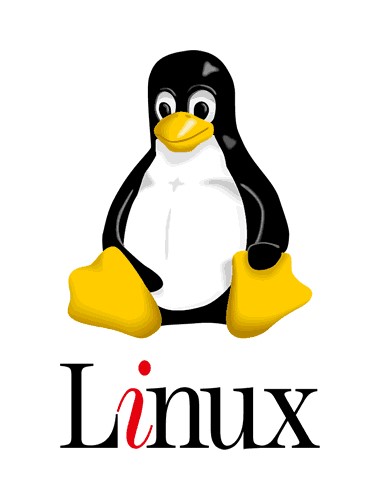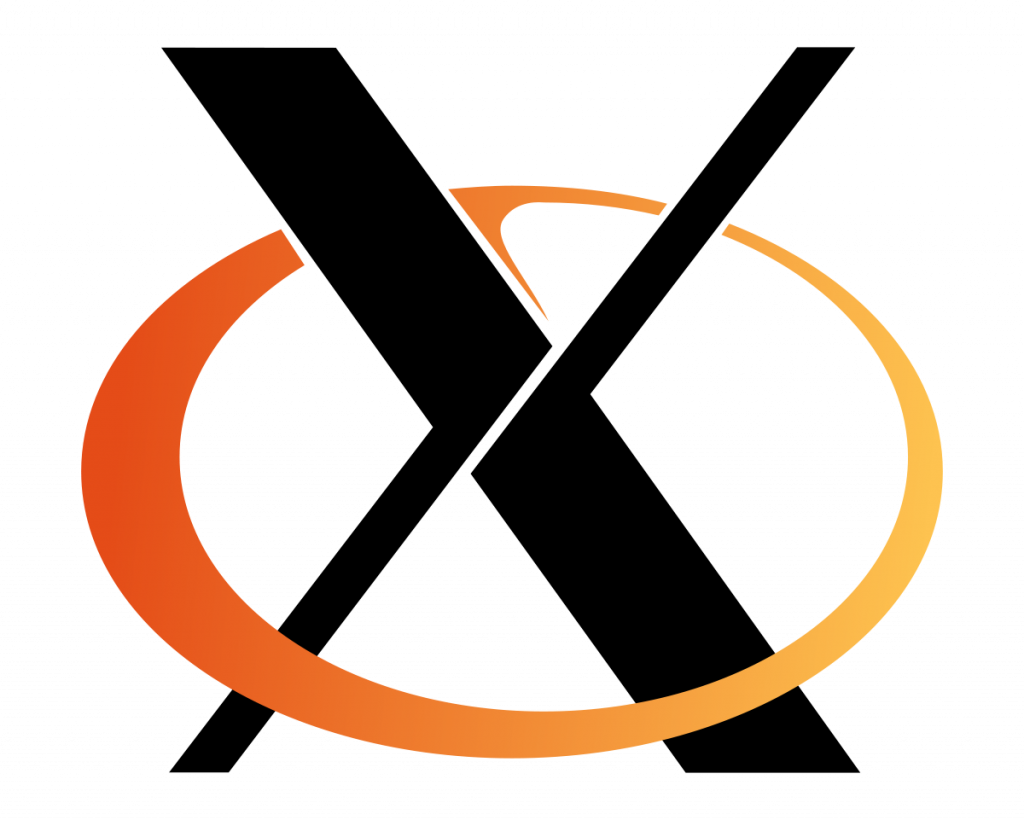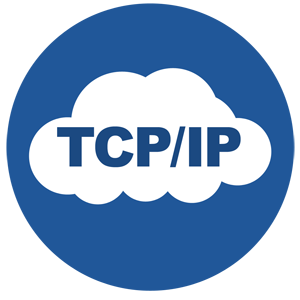What is Linux

Linux is a full fledged multitasking, multi user operating system, designed for PC’s with an Intel CPU. In the meantime Linux has been ported to all kinds of other platforms. All my Raspberry Pi’s run Linux as well for example. But there’s also Linux version for IBM mainframes! Now let’s take a look at what you get when you install Linux.
Linux’s kernel

An operating system’s nucleus, also called kernel, is just what these words tell us, it’s the central core of the system. The kernel takes care of memory management, multitasking features, loading and unloading of program executables, paging, swapping, reading and writing files to all kinds of supported file-systems, etc, etc. In essence, it’s the system’s landlord and housekeeper.
GNU software

GNU is a recursive acronyum (Gnu’s Not Unix). It was developed by the Free Software Foundation to offer royalty free software to programmers and developers. GNU software is generally freely available and emulates commercially available very expensive software. Often the GNU software is an improvement over the commercial software…
X

Sometimes this is also referred to as “X Windows”. It is a GUI (Graphical User Interface developed by MIT. Under the hood it is called XFree86. It supports a number of graphics cards and resolutions. Development libraries are also a part of XFree86. But as mentioned before (or have I?) I will not go into the GUI and the hundreds of flavors. I recommend you try Linux without those first to get to know the system well.
TCP/IP

The Transmission Control Protocol/Internet Protocol (TCP/IP) is the primary networking system used by UNIX and Linux. it is a big family of network protocols, developed for the internet. When you want to set up your own home network, and / or connect it to the internet, you will be using TCP/IP. Networking is one of the strongest features of Linux.